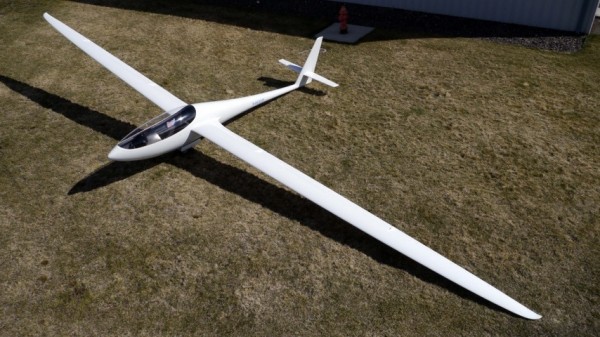A significant challenge in the advancement of space technology has been the space qualification advanced materials and devices. From my own experience working in the aerospace industry, the integration of new materials and devices into space applications is virtually impossible if the material has not already been proven in space. Due to tight research and development budgets, it is very difficult to mature emerging technology to the level at which lead engineers are comfortable integrating these into payloads. The maturation of new technology is described by the Air Force definition of Technical Readiness Level (TRL).
It is level 5 in the TRL process that the advanced material undergoes testing in the relevant environment. With tight budgets, testing in the relevant environment, in this case space, was traditionally very expensive and slow. However, NASA has teamed up with Nanoracks to provide both an inexpensive and relatively quick way to do this on the International Space Station (ISS).
Nanoracks provides a low cost “plug and play” research facility for small standardized payloads that can be interfaced with the ISS data and power management systems. Nanoracks offers access to both the micro gravity environment and the low earth orbit environment (radiation, atomic oxygen, hard vacuum and temperature extremes). A typical turnaround time for a trip to the ISS is on the order of months (not years).
Sam Gunderson at the Center for the Advancement of Science in Space (CASIS) has mentioned that a request for proposals should soon be out. It will be offering grants to help companies commercialize products developed from the use of the ISS and Nanorack facilities. He also pointed me to the Materials International Space Station Experiment-X ( MISSE X). Since 2001, this lab has tested and evaluated over 4,000 materials and specimens. Currently, there is a request for information seeking interest and use of this lab from both industry and academia.



